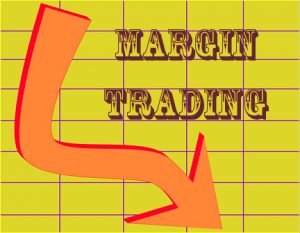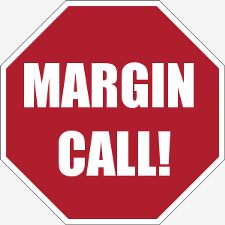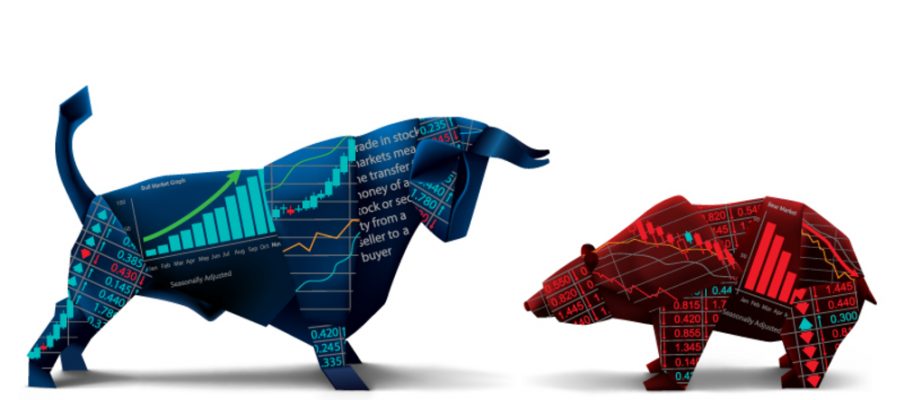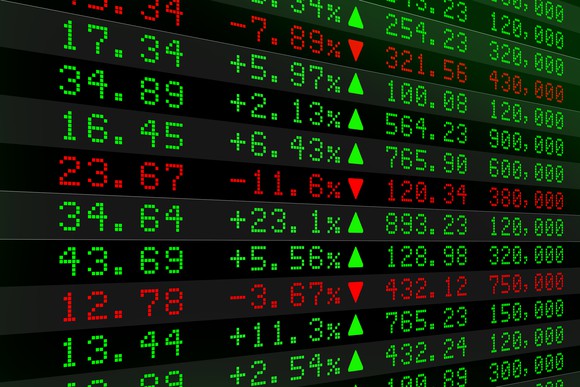Are you frustrated staring at your trading account and wondering why things are not working out for you?
Are you looking for a way to improve your trading month in month out?
Do you want to regain your confidence and take your trading to the next level?
If you answered ‘YES’ to any of the above questions then I urge you to listen and stop making excuses for your trading failures. I’m sure your well aware that most traders decimate their account within 6 to 12 months of starting to trade. Are you aware that you could be on your way to becoming one of these traders? It’s a horrible feeling when this happens but it’s the rollercoaster ride that’s inevitable with trading.
So if you want to take your trading to the next level, where do you begin?
You purchase a complete trading course and after a hard day at the office you come home and use the last bit of energy you have left to study the financial markets. We applaud your efforts and definitely encourage you to learn all you can about trading but there’s one glaringly obvious problem.
Theory is NEVER quite the same as reality.
The ‘examples’ found in your trading courses, simply don‘t exist in the real world.
No matter how much study you do, you’ll never find those beautifully crisp continuation patterns when you’re sitting at a computer looking for a trade and you won’t find a company with a pristine balance sheet to trade. We’re not going to lie to you – it’s never going to be that easy.
You’re all alone and there’s no one you can talk to who will be able to help you improve your trading skills so that you don’t make disastrous mistakes in the market.
There’s only one way you can perfect your trading and that’s by ‘leaning over the shoulder’ of professional traders to see what they’re doing right and what you need to do to replicate their success. Follow real trades from seasoned traders in real time.

Let’s use an analogy and rewind back to when you were in school
You studied hard to get good grades at school – and it was a lot of hard work that paid off for you in the long run. But, what if you had the smartest kid in class whisper all the answers in your ear while you were taking exams?
I want you to imagine what it would be like if you had unstoppable confidence and successful traders telling you what they’re doing, why they are doing it, and exactly how they were doing it so you can replicate their success instantly!
It sounds too good to be true, right?
Introducing Trade Pits
Trade Pits is the only way to look over the shoulder of our professional traders and discover the exact trades they’re making – so you can learn and profit from the best. In an instant you’re able to throw punches in a higher weight class.
Skip past all the research, studying, mistakes, hard work, and staring at your computer screen for hours while your eyes go square:
Effectively manage your risk
Piggyback off the success of professional traders with a proven track record
Maximise your trading potential
Protect your assets
We deliver trade recommendations that have been researched by our in house professional traders, always translating our analysis into clear understandable terms. Better still, you get the rare opportunity to get into a trader’s head and know exactly what he is thinking as he places the trade.
We’re doing all the hard work so you don’t have to. We’re focused on helping you improve your trading by taking the time to explain all the aspects of the trade to you so you can take on the financial markets with confidence.
If you learn better by watching or you need a little extra help in order to get to the next level with your trades, then Trade Pits is a service you should have in your arsenal. It gives you the opportunity to participate in markets once reserved for financial institutions.
Today, the Trade Pits community has over 800 members who continue to benefit from our trade recommendations. They have learned how to trade from our trading professionals. You can too!
What’s included:
Live weekly market update: With the most critical market information, including updates and changes in market conditions. Outlining the trades entered and exited. See all the winning and losing trades.
Trade recommendations received via SMS, email, and webinars.
Daily execution and position management.
Get a better understanding of entry and exit points and see which trades are the best opportunities for you.
Access to our partners, Intelligent Financial Markets to give you the trade execution support you need.
There’s no other way that you could get access to a team of trading experts like this. Trade Pits gives you all the support you need to successfully create a second income with trading minus the headache and stress!
No matter how many times you’ve tried before.
No matter how confusing the financial markets may be.
Especially if you have lost your confidence and are looking for a way to improve your trading month in month out, Trade Pits is the fastest way to get up to speed.
You’re covered from every angle, so you have everything you need to succeed.
What others are saying:
Trade Pits helps me to trade with confidence. Everything is done for you. Instead of taking hours scouring for trades like I used to, with the click of the mouse and a quick telephone call the trade is executed for you. How simple is that. I have full confidence in recommending this style of trading to anyone who shows any desire to trade. S Rex, Two Rocks, Western Australia (July 2013)
[Trade Pits is] very helpful. More confidence in trading. Yes … I’d say I got good service from [ICS & IFM] hopefully we can all make some money together in the future. It’s not very expensive. John Pass, Alexander Heights, WA (July 2013)
“I love it!!!! I have been trading a limited group of agricultural markets for months but Trade Assist has opened up a whole smorgasbord of markets and opportunities which is backed up by expert knowledge and service.” Bruce H, NSW (May 2012)
Please note that we strive to service the needs of all our clients and the testimonials are an indication of the experience these clients have had with us. No guarantee is being made that your experience will be the same.
A similar service could easily be sold for $198 per month and all together Trade Pits is valued at $2376 in yearly membership alone. This is a complete steal at this price, considering that you could recoup your monthly membership fee with a single trade.
In fact, we debated long and hard about charging the full amount.
For a LIMITED TIME ONLY we have decided to offer this service at a fraction of the cost.
We will offer the complete service to you for a subscription fee of ONLY $97 per month.
Click the “Add To Cart” button below and start profiting NOW!
(Note: You will be taken to a secure checkout page to complete your order)
Secure your membership at $97 per month and put the strategies into action.
There’s absolutely no reason, why your trading won’t improve using this service. Trade at your own pace and spend only as much time as you feel is convenient.
Remember at $97 per month, you could make back your investment with your first trade and you can try it out with…
Our 30 Day Money Back Guarantee
The Trade Pits service comes with a 30 day money back guarantee, try it out and test the results for yourself. If you’re not completely satisfied with the service and what we have promised you, we will refund your membership.
At any point you may cancel as it’s a NO LOCK IN CONTRACT.
We have put together a quick and easy process to help you get the most from your Trade Pits service, so you can start using it straight away
Once you have completed your payment you will receive an email welcoming you to the Trade Pits community.
Your membership and access will be automatically setup.
You will be assigned an account manager.
Daily Market Report
Stay up to date with the latest market news:
International and Australian markets;
Big economic announcements;
Coverage of major asset classes; and
Market related events.
The daily market report has insights that will keep you up to date with the financial markets. These insights are written for novice traders as well as traders with some knowledge or experience.
How Much Is Your Trading Success Worth To You?
What would it mean for you to be trading the financial markets with unstoppable confidence and a service that assists you to trade?
How would it feel to accelerate your trading results, and potentially have the same returns as some of the most seasoned professional traders?
What price would you attach to paying off some bills, giving your family the support and assistance they deserve?
Now we could easily sell this system for $2376, and there are enough people that are smart enough to pay that price.
But for now you have the unique chance to secure the Trade Pits service for only $97 per month.
What is it going to cost if you continue on your current path…
Your time wondering why things are not working out?
Losing your hard earned money?
Losing your confidence?
If this is relevant to your current situation then it’s time to make a decision, right now!
It’s really a no brainer…
We aim to build your trading skills on solid market principles and intelligent money management, so that you continually improve your trading.
Because we know that it’s not just about the trades, it’s about getting a comprehensive understanding of the market fundamentals.
So you understand all the decisions that you make, and eventually, trading becomes a predictable and repeatable science.
What more could you want?
With Trade Pits:
You get professionally researched trades, covering all asset classes, delivered to you via email and SMS.
You get access to our trade desk of experts who will answer all of your trading and market questions.
You can learn more about the finance markets while taking profitable trades.
The bottom line: Trade Pits gives you the best opportunity for success in the financial markets by leveraging off professional traders giving consistent results.
Go ahead and click the “Add To Cart” button and start profiting now!
The longer you wait the more days you are trading without confidence.
Once we receive your payment confirmation, we will email you instructions for immediate access.
Don’t pass up this opportunity to improve your trading results, trade confidently with a seasoned professional. Get started NOW!
To Your Trading Success,
Adam Prideaux, CEO Investment Capital Systems
P.S If you want to become a successful trader, take the next step and get on this now…









 In very general terms a margin is a border, an edge of something. However, in the financial world, the word margin has a slightly different meaning. Namely, the margin, in this case, is related to the collateral we have mentioned previously. The margin is used to cover the credit risk the margin trader poses for the lender. Essentially, it is the sum of money that you would have to ensure from your funds. The margin can vary greatly, which usually depends on the resource in question. For an example, a margin for currency futures is usually quite low. In fact, it would rarely get over 6 percent of the total value of the contract. However, if stocks were in question they would require quite a bit more. To be a bit more precise, you would usually have to cover at least 30 percent of the value and up to one half of it. One should bear in mind that the margin requirement will always follow the stock and how volatile it is. The more volatile the stock in question is, the higher the requirement will be.
In very general terms a margin is a border, an edge of something. However, in the financial world, the word margin has a slightly different meaning. Namely, the margin, in this case, is related to the collateral we have mentioned previously. The margin is used to cover the credit risk the margin trader poses for the lender. Essentially, it is the sum of money that you would have to ensure from your funds. The margin can vary greatly, which usually depends on the resource in question. For an example, a margin for currency futures is usually quite low. In fact, it would rarely get over 6 percent of the total value of the contract. However, if stocks were in question they would require quite a bit more. To be a bit more precise, you would usually have to cover at least 30 percent of the value and up to one half of it. One should bear in mind that the margin requirement will always follow the stock and how volatile it is. The more volatile the stock in question is, the higher the requirement will be.














